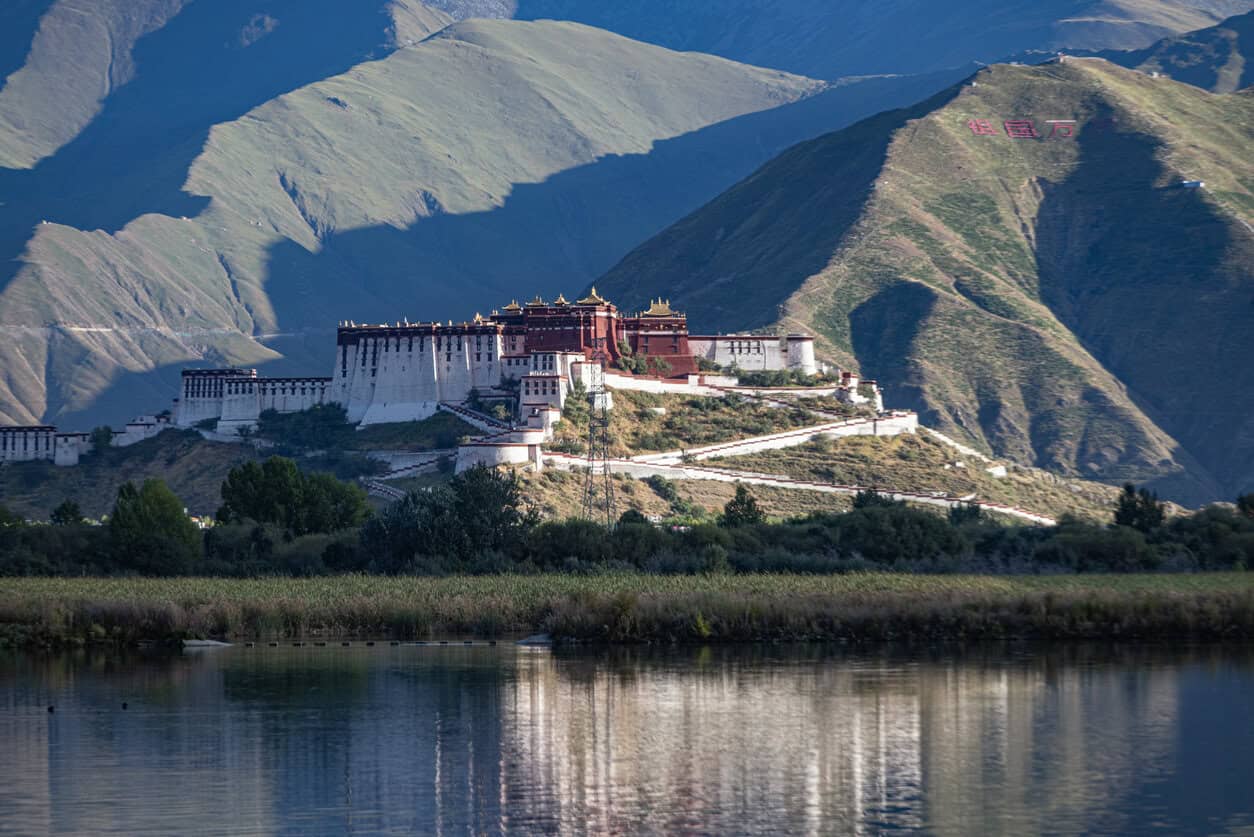The West and China view Tibet through opposing lenses, each shaping a vastly different story of history, culture and politics.

When China’s President Xi Jinping was warmly welcomed with celebrations in Tibet last week, many in the Western world, of which we are an extension, were surprised. I was not surprised because I was there recently.
The story of Tibet, or Xizang as it is known today, is complex as there are essentially two sides to it – the Chinese side and the Western side, which clash.
One journalist was told before jetting off on a sponsored trip to China that Tibet is devastated, its people are suffering, they starve, their culture and language are being suppressed and are on the brink of extinction under the Communist Party of China (CPC) rule.
The person went on to tell me how China’s revolutionary leader Mao Zedong was brutal to opponents. But she was unaware that Tibet was invaded by Britain and left in ruins with massacres of the Tibetan people. People were forced into labour camps and their land taken over.
But the Tibetans, along with the previous Dalai Lamas, fought fiercely using bows and arrows and other ancient weapons in defence of their ancestral land against imperialist invasions, although they were ultimately overrun and massacred by the rifle-toting Britons.
All other Dalai Lamas refused to be cheated by the Europeans into parting with their land or severing ties with Beijing; hence they fought for it.
ALSO READ: WATCH: ‘Africa not seeking aid, it’s seeking partners,’ Ramaphosa says
They worked closely with it and there was always a Chinese government representative office or mission in Tibet and the reincarnation of the Dalai Lama was approved by Beijing historically.
Also, before the 14th Dalai Lama Tenzin Gyatso (Bstan vdzin rgya mtsho) bowed to Western influence and CIA tactics, which led him to change his mind about cooperating with Beijing and flee to India, he was a close ally of Mao Zedong’s government.
Mao and the Dalai Lama exchanged personal letters expressing adoration for each other. Mao once wrote to Dalai Lama: “I always miss you.”
The Citizen is in possession of such a letter and a picture of the Dalai Lama and the 10th Panchen Erdeni, who attended the first plenary session of the National People’s Congress, where the Dalai Lama was elected vice-chairman of the standing committee of the National People’s Congress.
To the Chinese as a whole, including Xizang people, Mao is a hero who brought them freedom from Western imperial oppression and their noblemen who forced the Tibetans into slavery.
Mao, after the revolution in 1949, gave Tibet six years to decide whether to remain under China or to continue enduring slavery.
ALSO READ: SA women could do with female-only living spaces
About six years later, Tibet opted to remain part of China, rather than becoming an independent state as the West had wished. It was designated as an autonomous region by Beijing in 1965.
However, there were some opponents of the new China, many of whom fled to India with the Dalai Lama in 1959 and campaigned against China from exile. They, and the Dalai Lama, are regarded as heroes by the US and some of its allies.
According to Prof Liang Junyan, a scholar from the China Tibetology Research Centre in Beijing, the “Xizang question” is a “product of the imperialist invasion of China in modern times”.
“Since the Yuan dynasty (1271 to 1368), China’s central government had exercised effective administrative jurisdiction over Xizang, which had never become an independent state.
“No government in the world has ever recognised Xizang as an independent state,” Liang said.
She said Tibetans continued to practise their culture, language and religion freely. The CPC’s red flags fly atop rural village homes and is painted on rocks and on street poles at Nyingchi, another affluent city in Xizang.
NOW READ: Chinese warehouse workers welcome Trump’s extended tariff truce
- Naki’s trip to Tibet was paid for by the Chinese government






